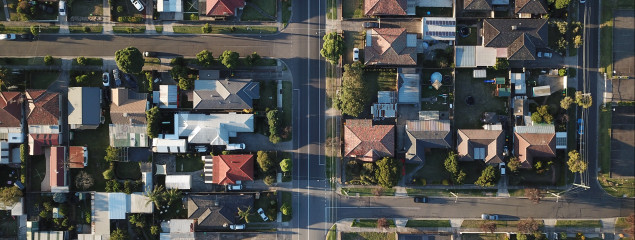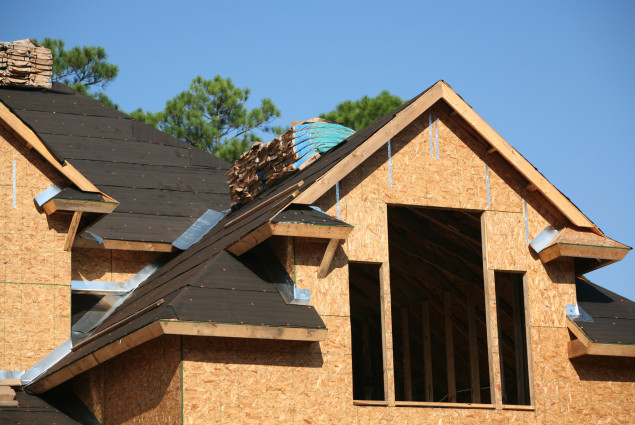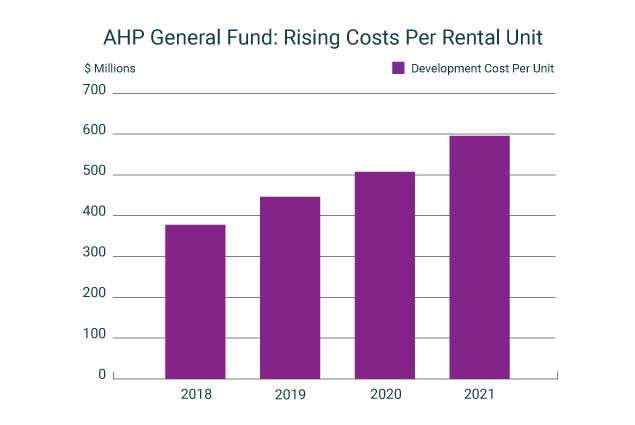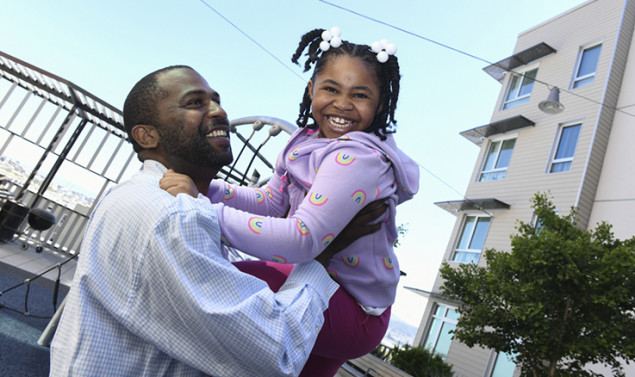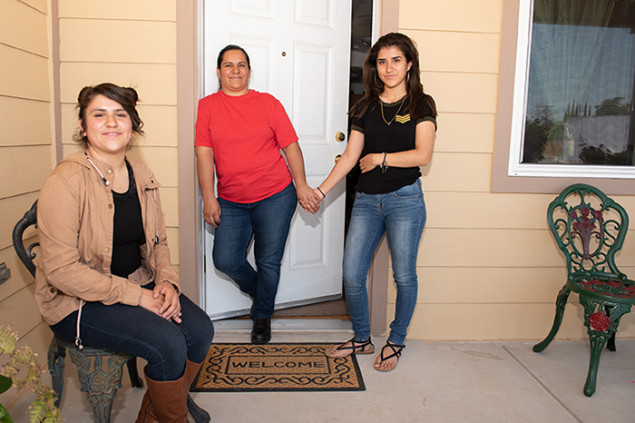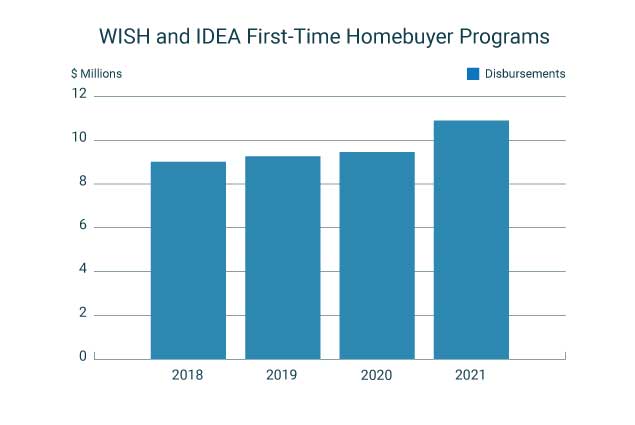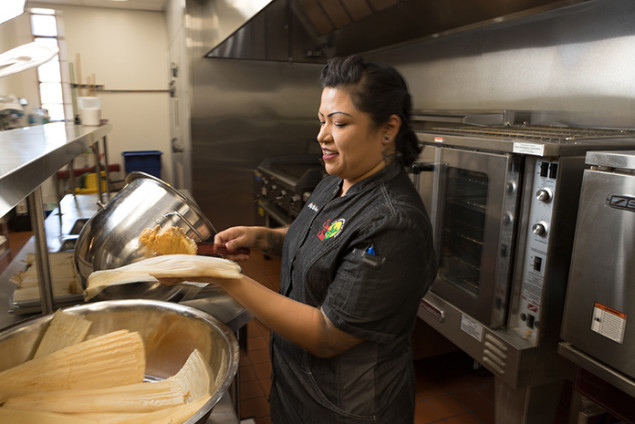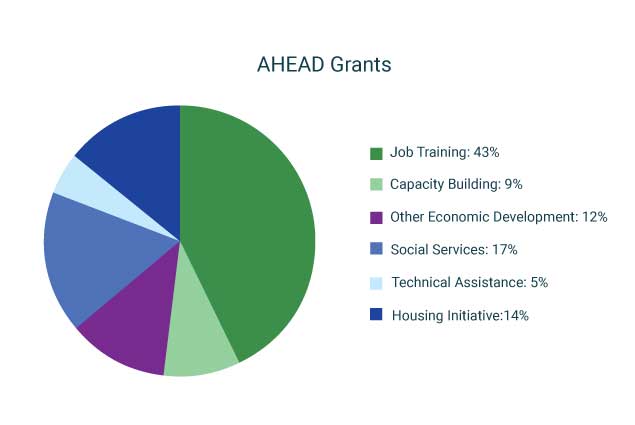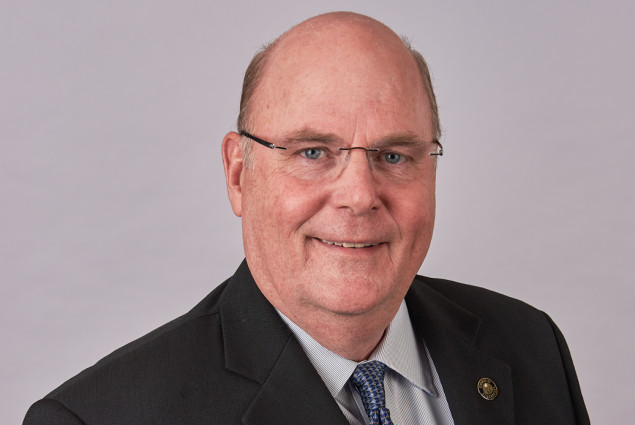In Arizona only 2,000 affordable units will be generated this year, against a documented need for 276,000 new units. Thirty-five percent of very low-income renters are severely cost burdened, as are 76 percent of extremely low-income families and individuals. And tragically in Phoenix right now, vulnerable seniors are a fast-growing demographic of unhoused people, as they find themselves turned away by shelters with too few beds.
California is home to 28 percent of the nation’s homeless population and 51 percent of the unsheltered population. There is a deficit of over 1 million rental homes available and affordable to extremely low-income households, while 60 percent of low-income and 40 percent of moderate-income households are cost burdened. With a median house price of $800,000, the state needs millions of new homes to begin to ensure that everyone has a decent place to live.
Nevada has seen an influx of over 400,000 people settling in the state over the last decade, and with this relocation comes rising demand for and a limited supply of housing. In hot spots like Reno, the percentage of people paying more than 30 percent of their monthly income just for rent is more than 80 percent. According to
In Arizona only 2,000 affordable units will be generated this year, against a documented need for 276,000 new units. Thirty-five percent of very low-income renters are severely cost burdened, as are 76 percent of extremely low-income families and individuals. And tragically in Phoenix right now, vulnerable seniors are a fast-growing demographic of unhoused people, as they find themselves turned away by shelters with too few beds.
California is home to 28 percent of the nation’s homeless population and 51 percent of the unsheltered population. There is a deficit of over 1 million rental homes available and affordable to extremely low-income households, while 60 percent of low-income and 40 percent of moderate-income households are cost burdened. With a median house price of $800,000, the state needs millions of new homes to begin to ensure that everyone has a decent place to live.
Nevada has seen an influx of over 400,000 people settling in the state over the last decade, and with this relocation comes rising demand for and a limited supply of housing. In hot spots like Reno, the percentage of people paying more than 30 percent of their monthly income just for rent is more than 80 percent. According to the Reno Housing Authority, in the Reno area rents have gone up 91 percent to more than $1,200 a month since 2017.
And while Nevada’s population is comparable to the City of Chicago, the state receives only 13,000 rental assistance vouchers, compared to 50,000 for Chicago. Most rental assistance is distributed by Housing Authorities in the form of housing choice vouchers (previously known as Tenant-based Section 8) that can be used by a household anywhere they would like to rent. Even more acutely limited is project-based rental assistance, which is needed, along with supportive services, to develop the permanent supportive housing the state needs to successfully serve homeless and special needs households. For vouchers generally, additional challenges to either finding or staying in an existing subsidized unit can result from the U.S. Department of Housing and Development (HUD) lagging behind in its determinations of fair market rents as well as an overall market of rising rents. In Nevada, voucher programs are fully subscribed with lengthy waiting lists.
So far, of the three states that make up FHLBank San Francisco’s district, California has taken the most legislative strides towards prioritizing housing and getting obstacles out of the way through legislative action. The state’s 2021-2022 budget includes $2.75 billion (over two years) for Project Homekey, which converts hotels into housing for the homeless, $500 million to create the Foreclosure Intervention Housing Preservation Program, which will allow nonprofit developers to acquire and preserve small multi-family buildings while keeping existing tenants housed, and $20 million to set up the Bay Area Housing Finance Authority, a regional body that will have the power to fundraise from state, local, and federal sources, as well as the private sector, to produce more affordable housing across the Bay Area. The budget also includes $1.75 billion for the Housing Accelerator Fund to support 92% of stalled affordable housing developments that have received funding from the Department of Housing and Community Development (HCD) but have not yet been able to secure tax exempt bonds and tax credits. A billion dollars in Accelerator Funds were awarded to projects in 2021 and the remainder will be awarded in 2022. The state also set aside $30 million dollars to update California's 24 migrant housing centers, some of which have been in service for over 50 years.
In July 2021, Arizona created a state Low Income Housing Tax Credit (LIHTC) program which will provide $4 million in credits annually for four years and hopes are that it will incentivize use of 4% tax credits and exempt bonds. Advocates were trying to get an additional $25 million allocated to the State's Housing Trust Fund in 2021, however only $8 million was contributed. In 2021 the Arizona Department of Housing also announced $40 million in American Rescue Plan Act (ARPA) funding for the conversion of hotel units into transitional housing for the homeless.
Nevada has proposed allocating $500 million in ARPA funding to support affordable housing. Nevada is also allocating an historic $300 million of its 2021 tax-exempt bond allocation to affordable housing projects around the state. Nevada's State Infrastructure Bank is also poised to designate $20 million in funds for affordable housing. State legislative efforts in 2021 also resulted in two successful bills to support affordable housing: SB 12 institutes notification requirements that will help keep existing affordable housing from converting to market rate, while SB 284 extends the use of the state's housing tax credit and makes it more valuable to investors. Because Nevada traditionally lacks the infrastructure for development that Arizona and California have, in March of 2022, FHLBank San Francisco announced a grant to support the Nevada Housing Coalition’s efforts to build up capacity for development in the state.
While solving for scarcity and inequity have been at the heart of the work we do to increase the supply of affordable housing and advance community development through all economic cycles, discussion around FHLBank San Francisco’s virtual Affordable Housing Advisory Council table in 2021 was largely still focused on pandemic-related challenges, including:
- Cost of construction across the board: higher and still rising.
- Supply chain issues for building materials: persisting and worsening.
- Labor shortages: continuing and intensifying, especially in rural areas.
- Childcare needs: women and other caregivers unable to return to work without it.
- The digital divide: lack of broadband limiting access to work-from-home options, education, and other resources.Industry issues: The Great Resignation, return-to-office issues, need to pay staff much more.
- A hot housing market and investor buyers: low- and moderate-income people who struggle to make the rent or a mortgage payment in ordinary times are squeezed out of buying and at risk of rising rents.

